Do you have a question about the Panasonic KX-TG6521 and is the answer not in the manual?
Details different Panasonic phone series and their models.
Compares key features across different Panasonic phone series.
Lists the accessories provided with the phone unit for various configurations.
Lists optional accessories available for purchase.
Information on adding optional handsets and range extenders.
Critical safety warnings and precautions for using the phone.
Guidance and warnings for proper installation and placement.
Details on battery usage, care, and recycling.
Advice on optimal base unit placement for best performance.
Instructions for cleaning and maintaining the phone unit.
Technical details including power, frequency, and operating conditions.
Step-by-step guide to connect the base unit, charger, and install batteries.
Important notes for setup, power failure, and battery level indicators.
Diagrams and explanations of all handset and base unit buttons.
Diagrams detailing controls for specific model series.
Explanation of display icons and how to change languages.
How to configure dialing mode and set the current date and time.
Steps to make calls using the handset or speakerphone.
How to use and manage the redial list for making calls.
Instructions for answering calls using handset or base unit speakerphone.
How to adjust ringer volumes for handset and base unit.
Explains features like Hold, Mute, and Flash during a call.
Using call waiting, Caller ID, and managing call sharing with privacy.
Using temporary tone dialing and the handset clarity booster.
Introduction to the phonebook and how to add new contacts.
How to find, edit, and erase phonebook entries and groups.
How to dial phonebook entries during an active call.
Introduction to customizing unit settings via menus.
Steps to program features by navigating through the handset menus.
Details on date/time, ringer, Caller ID, voice mail, and display settings.
Guide to programming features using specific key code sequences.
Lists command codes for various programming functions.
Settings for the answering system, including message playback and recording.
How to set alarms and configure silent mode.
Setting handset names and blocking unwanted callers.
Steps to register and cancel handset connection to the base unit.
Requirements and basic features of the Caller ID service.
Information displayed for incoming calls and caller list details.
How to enable and use the feature that announces caller information.
How to view the caller list and call back entries.
How to edit phone numbers and assign group ringtones.
How the handset automatically edits caller numbers based on edits.
How to erase selected or all caller information from the list.
Introduction to the answering system's capabilities and turning it on/off.
How to listen to incoming messages as they are being recorded.
Using own or pre-recorded greeting messages and playback.
Steps to record a custom greeting and revert to pre-recorded.
Instructions to listen to new or all recorded messages via the base unit.
Controls for playback functions like repeat, skip, and stop.
How to erase all messages and listen to messages via the handset.
Recording voice memos and accessing the answering system remotely.
Setting and managing the remote access code for security.
Step-by-step guide to accessing and managing messages remotely.
Using voice guidance and direct commands for remote operation.
Configuration options for ring count, recording time, and greeting only.
How to enable/disable the message indicator flashing on the handset.
Introduction to service provider voice mail and storing access numbers.
How the unit detects new voice mail messages via tones.
Turning VM tone detection on/off and listening to messages.
How to make and answer intercom calls between units.
How to page a misplaced handset to find it.
How to transfer calls and set up conference calls.
Instructions for mounting the base unit on a wall or placing on a desk.
List of display messages and their causes/solutions.
Solutions for common problems like handset not turning on or no dial tone.
Solutions for issues with display language and handset registration.
Solutions for battery recharge problems and call making/answering issues.
Solutions for problems with caller information display or announcement.
Solutions for time shifts and answering system operation problems.
Solutions for remote operation issues and advice on liquid damage.
Regulatory compliance details, FCC rules, and hearing aid compatibility.
Information on RF exposure limits and hearing aid compatibility.
Spanish guide for base unit and handset installation.
Spanish guide on key functions, language, date/time, and making calls.
Spanish guide on volume, redial, phonebook, and answering system.
Spanish FAQ covering common issues like connectivity and registration.
| Type | DECT telephone |
|---|---|
| Answering machine | Yes |
| Number of melodies | 10 |
| Mac compatibility | - |
| Phonebook capacity | 100 entries |
| Call list capacity phonebook | 50 |
| Product color | Black |
| Backlight color | Amber |
| Display diagonal | 1.8 \ |
| Battery type | AAA |
| Standby time | 170 h |
| Battery technology | Nickel-Metal Hydride (NiMH) |
| Battery recharge time | 7 h |
| Number of batteries supported | 2 |
| Handset weight | 130 g |
|---|---|
| Base dimensions | 146 x 89 x 83 mm |
| Handset dimensions (WxDxH) | 48 x 33 x 160 mm |


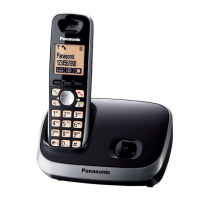
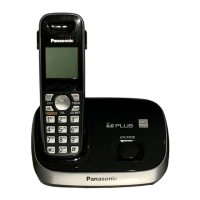


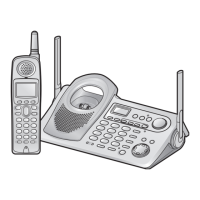
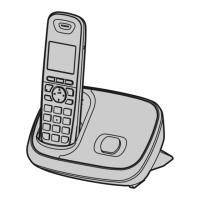
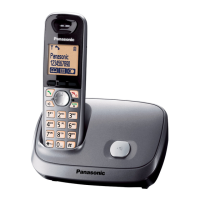
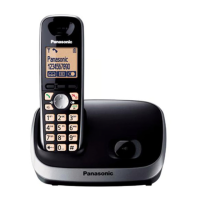
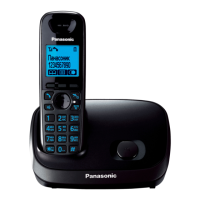
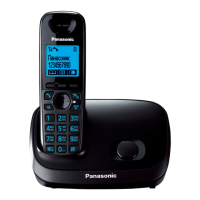
